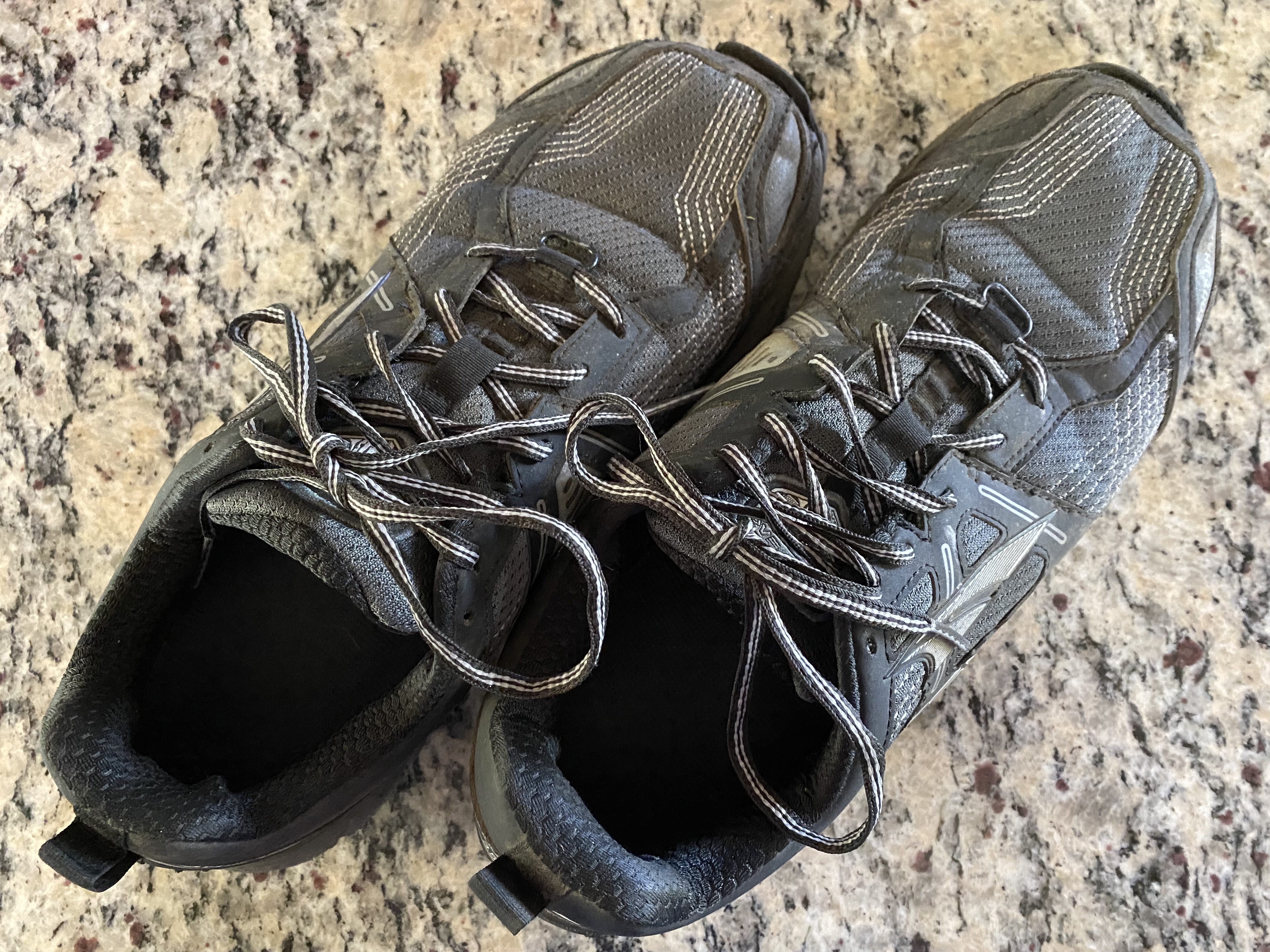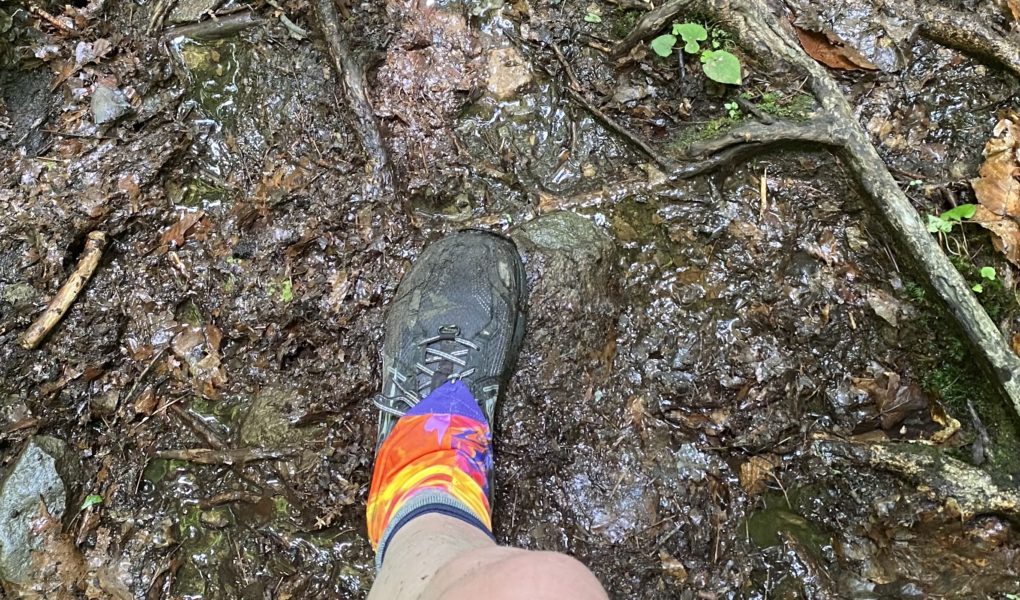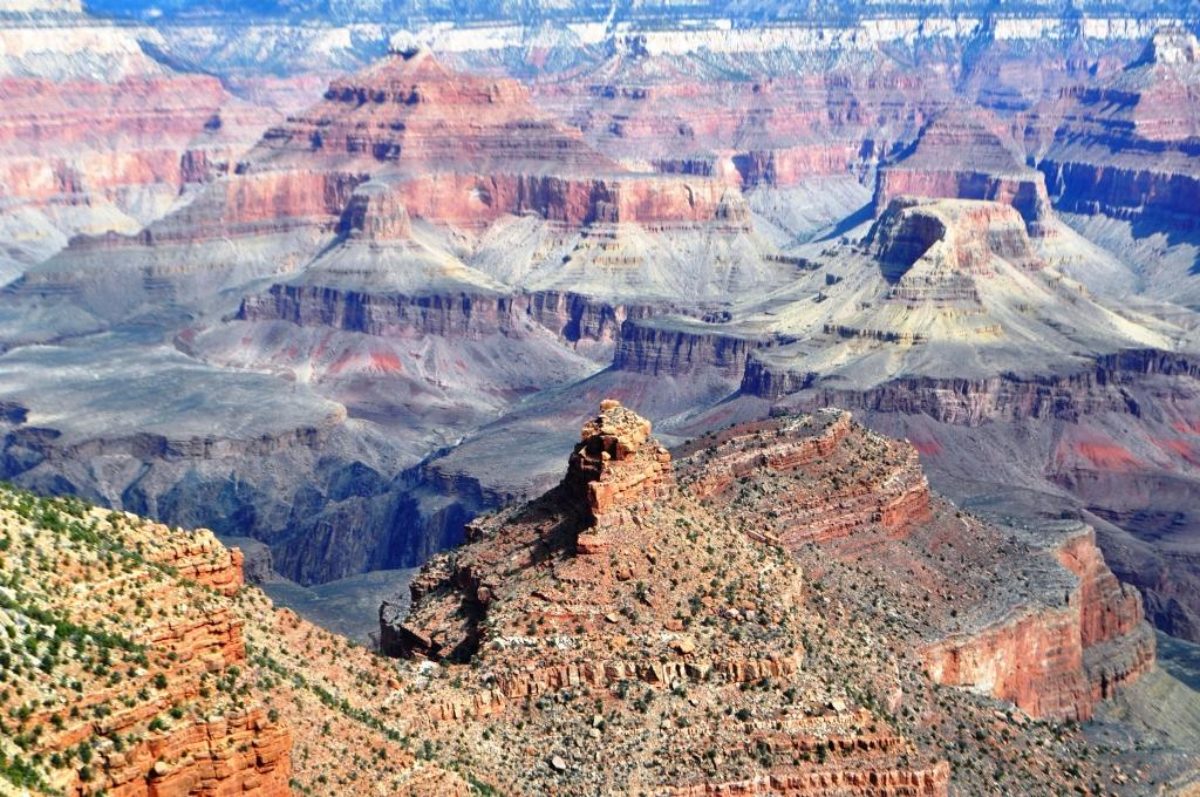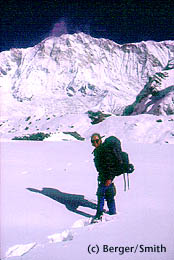I admit that I’m a bit of a nutcase on this subject. New hikers worry about big-ticket dangers like bears, rattlesnakes, and lightening strikes, but for me, the prosaic truth is that far more hikes are ruined because of blisters. What starts as a tiny, innocuous hot spot that can easily be ignored can quickly turn into a blister that proves the Chinese adage: “Failure results not from the length of the journey or the height of the mountain but the pebble in one’s shoe.”
Fortunately, it’s possible to prevent blisters with a little attention and care.
Pre-Hike Preparation and Boots Choices That Help Backpackers Prevent Blisters
- Don’t go overboard on heavy footwear. Because of the lightweight backpacking movement pioneered by long-distance hikers, today’s backpacking and hiking gear is lighter and less cumbersome than yesterday’s equipment. You may not need boots! You almost certainly don’t need the stiff all-leather support of a waffle-stomping five-pound boot. For day hikes in temperate climates, lightweight trekking shoes are perfectly adequate, and for longer trips, most backpackers choose either trekking shoes or lightweight boots made of a combination of leather and lighter-weight fabric. Both choices cause fewer blisters than heavy leather boots because they are more flexible and better ventilated.
- Make sure shoes or boots fit. especially when buying new boots, go to an outfitter that specializes in outdoor gear. It is much more likely that the staff is properly trained to fit boots. After the purchase, wear them at home around the house to double-check the fit. Boots can usually be returned as long as they haven’t been worn outside.
- Break in boots and shoes. New boots (and even new trekking shoes) should be broken in by taking short “training hikes.” This is especially important for people who don’t ordinarily wear hard or stiff shoes (in which case the training hike may be more a matter of breaking in feet than breaking in boots). Training walks should include at least a little bit of uphill and downhill, as boots flex differently and feel different on slopes than they do on the flats.
- Check the fit and feel of old boots, too. The boots that felt so comfy on last year’s hike may feel stiff and hard after a year in an attic store-room, or when reintroduced to feet that haven’t hiked in a while. Old boots can be treated with boot conditioner or saddle soap, and a quick training hike to reintroduce boots to feet won’t hurt, either.
How Hikers Can Prevent Blisters on the Trail
- Protect the trouble spots. Most hikers know from painful experience where they are likely to get blisters. Common spots are the back of the heel, and around the sides or tips of toes. Pre-treat these spots by protecting them with a Band-Aid or a piece of Moleskin.
- Wear wicking socks. Fabrics such as polypropylene wick moisture away from the skin, which helps prevent blisters. A cushier outer sock, made of wool, fleece, or a synthetic combination provides a bit of padding. Wear both, even with lightweight trekking shoes. Avoid cotton socks, which absorb moisture and contribute to blistering.
- Take it easy! Especially on backpacking trips, it pays to start slowly. Don’t over-do the mileage, and pack as lightly as possible. Stop every once in a while to rest, and on long breaks, wash feet in cool water and let them air out a bit.
- Listen to complaining feet. A hot spot can be caused by a pebble, grass-seeds, bits of dirt or sand, or even a wrinkle in the sock. It is easily ignored, especially if a hiker feels pressed to keep walking by a partner who doesn’t want to stop. But stopping to treat a hot spot is the number one thing hikers can do to prevent blisters from forming – and waiting too long to treat these hot spots is the number one cause of unnecessary blisters.
- Treat hot spots. A piece of Moleskin can protect a hot spot and prevent it from becoming a blister. If the hot spot is painful or a blister has started to form, treat it with Spenco’s Second Skin. This dressing, available in pharmacies, is a gel-like layer that acts as a protective coating. Fix it into place with athletic tape, which should be in a first aid kit. (This type of tape has the best adhesion, and stays on even when feet get damp and sweaty.)
Once a blister forms, it can take weeks to completely heal, especially if the area continues to be irritated. On backpacking trips, blisters are especially subject to infection and to being exacerbated by continued pressure. By attending to these simple preventative steps, hikers, whether on long-distance trails or short day-hikes, can avoid this common, painful – but usually preventable – problem.



